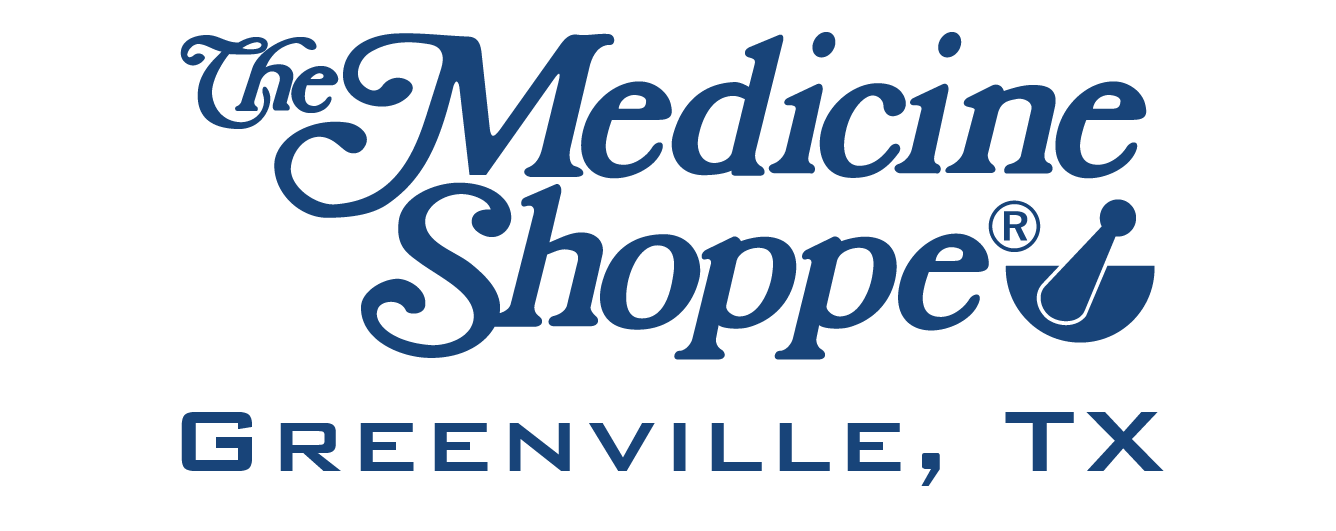When people first hear about drug coverage through Medicare, one of the first things they may run into is something called the Medicare Part D deductible. It can sound confusing at first, especially when you're already trying to make sense of different plans and paperwork. But don’t worry, it’s not as complicated as it seems.
The deductible is just one part of how the plan is set up, and it’s there for a reason. Knowing why it exists can help make it easier to plan for things like refills, prescriptions, and cost-sharing. If you’ve found yourself asking what this deductible is and why it's there, you’re not alone. Let’s walk through it in easy terms and shed light on why it shows up on your statements.
What a Medicare Part D Deductible Really Means
Think of a deductible as the amount you need to pay out of your own pocket before Medicare Part D starts helping with your prescription costs. It’s kind of like car insurance; before they cover repairs, you’re expected to chip in a little first. Medicare drug coverage works in a similar way.
Here's a simple way to break it down:
• The deductible is the amount you pay for your medications before the plan begins to share the cost with you.
• After you've met that amount, the plan helps cover more of the cost for each refill or new prescription.
• It usually resets every year, so the clock starts over again each January.
Not every prescription counts toward the deductible, depending on the drug and the plan. But when it does apply, it kicks in right away the first time you fill a prescription after your coverage starts for the year. That’s why some people are surprised by the full price at the pharmacy early in the year; it’s often because they haven’t met the deductible yet.
Why Deductibles are Part of the Plan
Sometimes it’s hard to understand why a plan would include something that makes people pay more upfront. But there’s a reason for it. Deductibles aren’t meant to trip anyone up; they’re part of how the plans are built to make long-term coverage smoother.
Here’s what to know:
• Deductibles help spread out the cost over time, instead of putting all the pressure later in the year.
• They allow the plan to set up coverage stages that aim to balance fairness and cost-sharing.
• When the deductible is met, many people start seeing better support from the plan for things like co-pay amounts.
Of course, it can feel frustrating at first. You might only need a couple of prescriptions a year, and that deductible might feel like a big chunk. But it’s built in to make the plan cover more once that part is passed. Think of it like a gate; you pay to walk through it, and once you’re on the other side, the path gets a little easier.
How Deductibles Might Feel Different Based on Your Needs
Everyone experiences the deductible differently. If someone takes the same handful of medicines every month, they’ll probably reach the deductible pretty quickly. Others, especially those who only take something now and then, might not notice it as much.
Across states, including places like Greenville, Texas, the set deductible amount is pretty consistent for a given plan type. But the way it feels can really depend on how often you go to the pharmacy and how costly your medications are.
Here are a few common situations:
• A person with one ongoing prescription might hit the deductible in a few months.
• Someone with several brand-name medicines might meet it within the first couple of weeks.
• If you mostly use generic or low-cost medicine, you may never reach it, and that’s okay too.
It’s good to remember that these plans often change a little each year. That means the deductible amount or coverage rules may shift, even if you stay on the same plan. Keeping track of that can help avoid surprises when January comes around again.
Helpful Ways to Stay on Track with Your Part D Plan
Even though the Medicare Part D deductible is something we don't control, there are still ways we can stay a step ahead. Knowing how and when it affects your visits to the pharmacy can save time and help everything run more smoothly, especially during busy seasons like the fall.
Here are a few tips that can help:
• Keep a list of your regular medications and when you last got them filled.
• Mark your calendar for the fall Medicare open enrollment period to review your plan.
• Talk with your pharmacy team if something looks different on your bill; they can explain what each charge means.
• Ask about whether certain prescriptions go toward your deductible, especially early in the year.
Even simple steps, like double-checking your plan in October or November, can help clear up which medications are covered and how much you might need to pay. This is especially helpful right before the holidays, when you may be traveling or feeling under the weather. You don’t want last-minute surprises at the pharmacy when you’ve got other things on your mind.
Staying Informed Helps Ease the Stress
Greenville Medicine Shoppe offers services tailored for Medicare beneficiaries, including help with plan reviews and personalized support when questions come up about your deductible. Our pharmacy also makes it easy for you to transfer prescriptions, so you can get everything you need in one local stop in Greenville, TX.
Thinking ahead to the fall and want to get a clearer picture of your Medicare options? Whether you’re new to Medicare or reviewing your current coverage, it’s smart to see how the Medicare Part D deductible could impact your medication costs. At Greenville Medicine Shoppe, we’re here to answer your questions and help you feel confident before the busy season starts. Stop by or give us a call to talk through your options.

